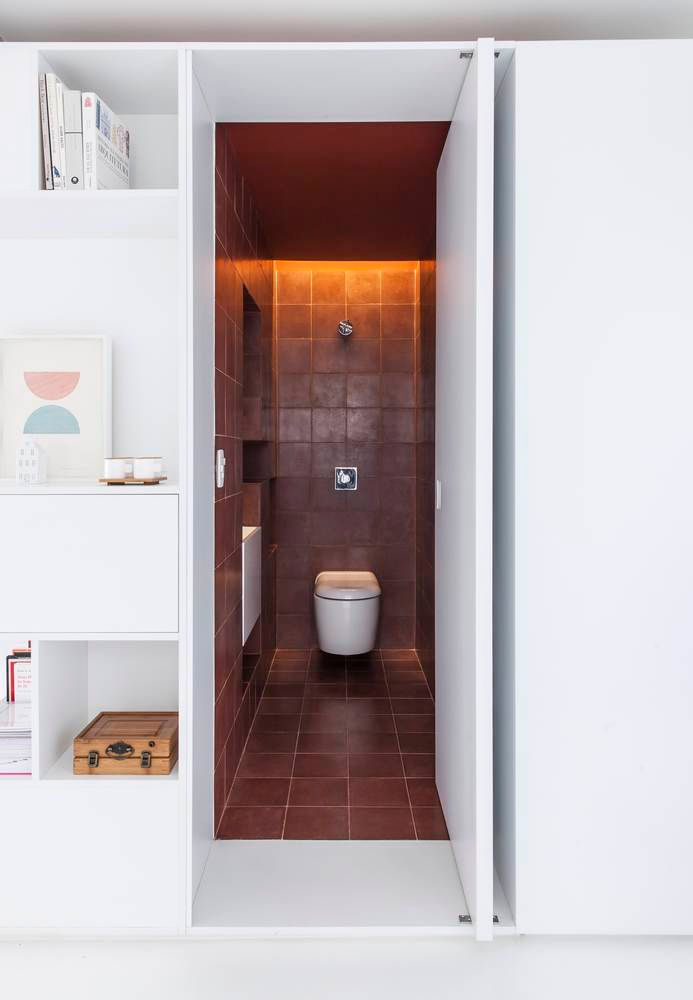The role of color in interior design and how to choose the right color scheme
- Dream Space
- Dec 24, 2022
- 3 min read
Color is a powerful tool in interior design, as it has the ability to affect the mood and atmosphere of a space. It can be used to create a cohesive look, draw the eye to certain features, and even change the perceived size of a room.

However, choosing the right color scheme for a space can be a daunting task. With so many options available, it's important to consider the function of the room, the lighting, and the overall aesthetic you want to achieve.
Here are some tips for selecting the perfect color scheme for your space:
1. Consider the purpose of the room :
Consider the purpose of the space when choosing a color scheme for an interior design project. The purpose of a space refers to the function of the room and how it will be used. Different spaces have different purposes, and the color scheme you choose should reflect this.
For example:
A bedroom might benefit from calming, relaxing colors like soft blue, green, or pale pink to create a peaceful atmosphere.
A kitchen might need more energetic, stimulating colors like yellow or red to help you stay awake while cooking.
A living room or den might benefit from warm, cozy colors like beige, brown, or deep red to create a comfortable, welcoming atmosphere.
A home office might require more neutral, calming colors like pale blue or gray to help you focus and concentrate.
A dining room might be enhanced by bold, dramatic colors like deep red or burgundy to create a formal, sophisticated atmosphere.

Overall, the key is to choose a color scheme that reflects the purpose of the space and creates the desired mood and atmosphere. It can also be helpful to consider the style of the space and the overall design aesthetic when selecting a color scheme.
2. Take lighting into account :
Lighting can greatly affect how a color appears in a space. Natural light can make a color appear brighter and more vibrant, while artificial light can make it appear duller and softer. Consider the lighting in the room when selecting colors, and be sure to test out paint samples in the space to see how they look at different times of day.

3. Create a color palette :
Rather than choosing just one color, it's often more effective to create a color palette with several shades and tones. This allows for a cohesive look and provides the opportunity to add interest and depth to the space.
4. Use the color wheel :
The color wheel is a useful tool for selecting a color scheme. There are several different color schemes that can be created using the color wheel, including complementary, analogous, and monochromatic.
Complementary color schemes consist of colors that are opposite each other on the color wheel, such as blue and orange. These colors tend to create a high-contrast look that can be striking, but can also be overwhelming if used too heavily.

Analogous color schemes consist of colors that are next to each other on the color wheel, such as blue and green. These colors create a harmonious and cohesive look, making them a good choice for a relaxing space.
Monochromatic color schemes consist of different shades of the same color. This can create a calming and cohesive look, but can also be monotonous if not balanced with other elements.
5. Don't be afraid to experiment :

While it's important to consider these tips when selecting a color scheme, it's also important to have fun and be open to experimentation. Don't be afraid to try out different color combinations and see how they look in your space. It's always possible to make changes if you don't like the result.
In conclusion, color is an important element of interior design that can greatly affect the mood and atmosphere of a space. By considering the purpose of the room, lighting, and color wheel, you can choose the perfect color scheme for your space.
Comments